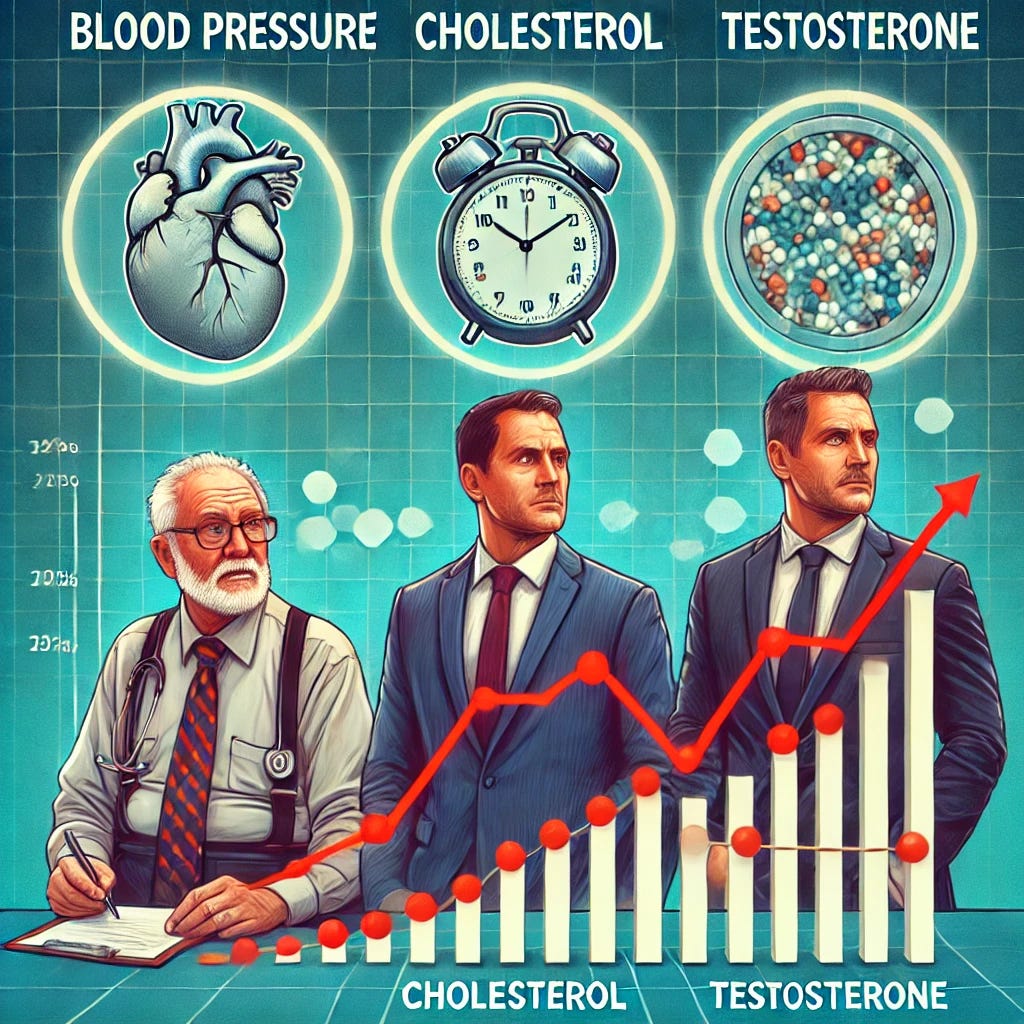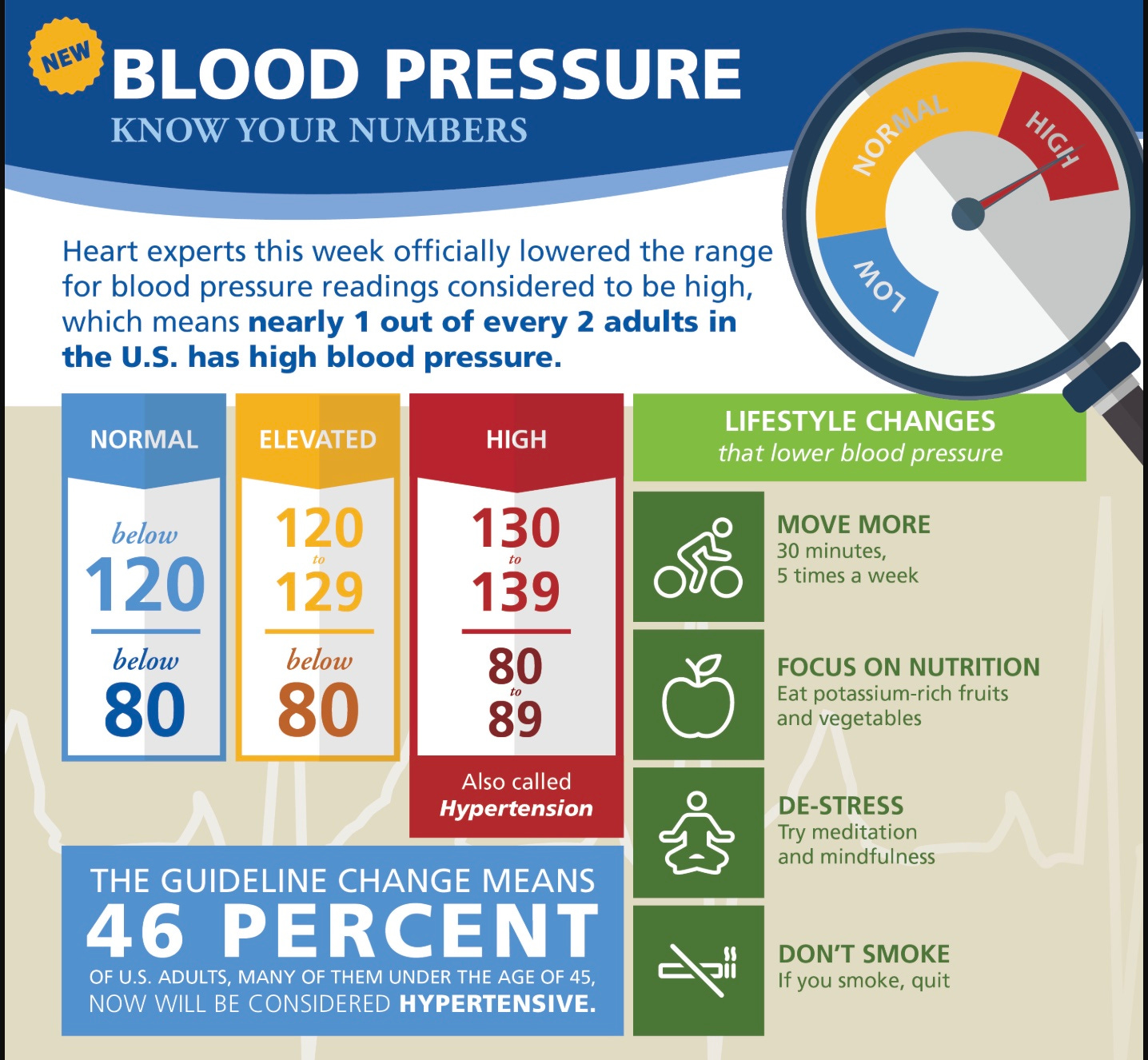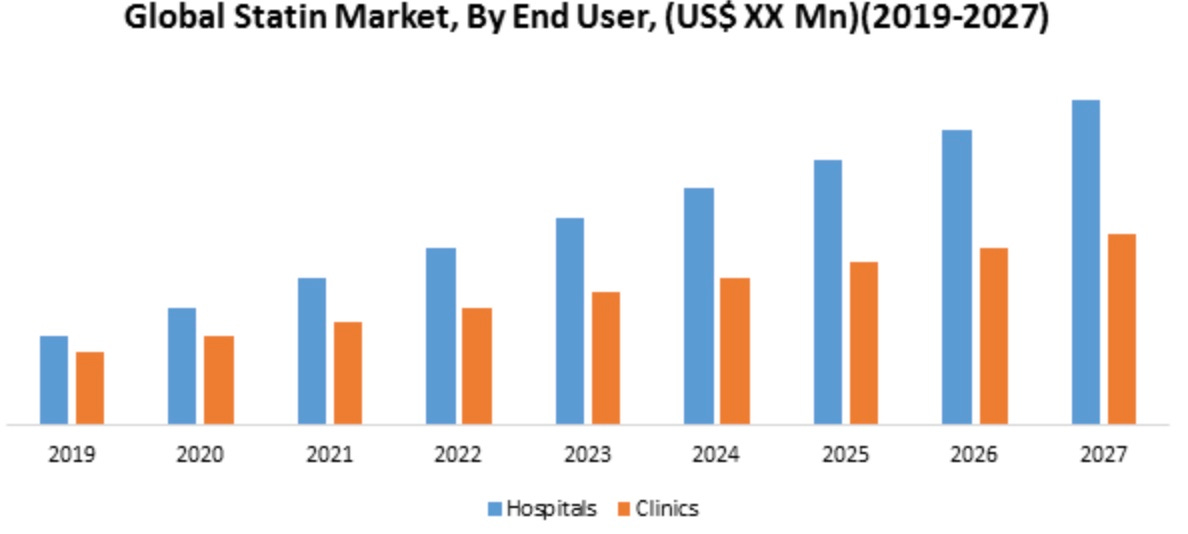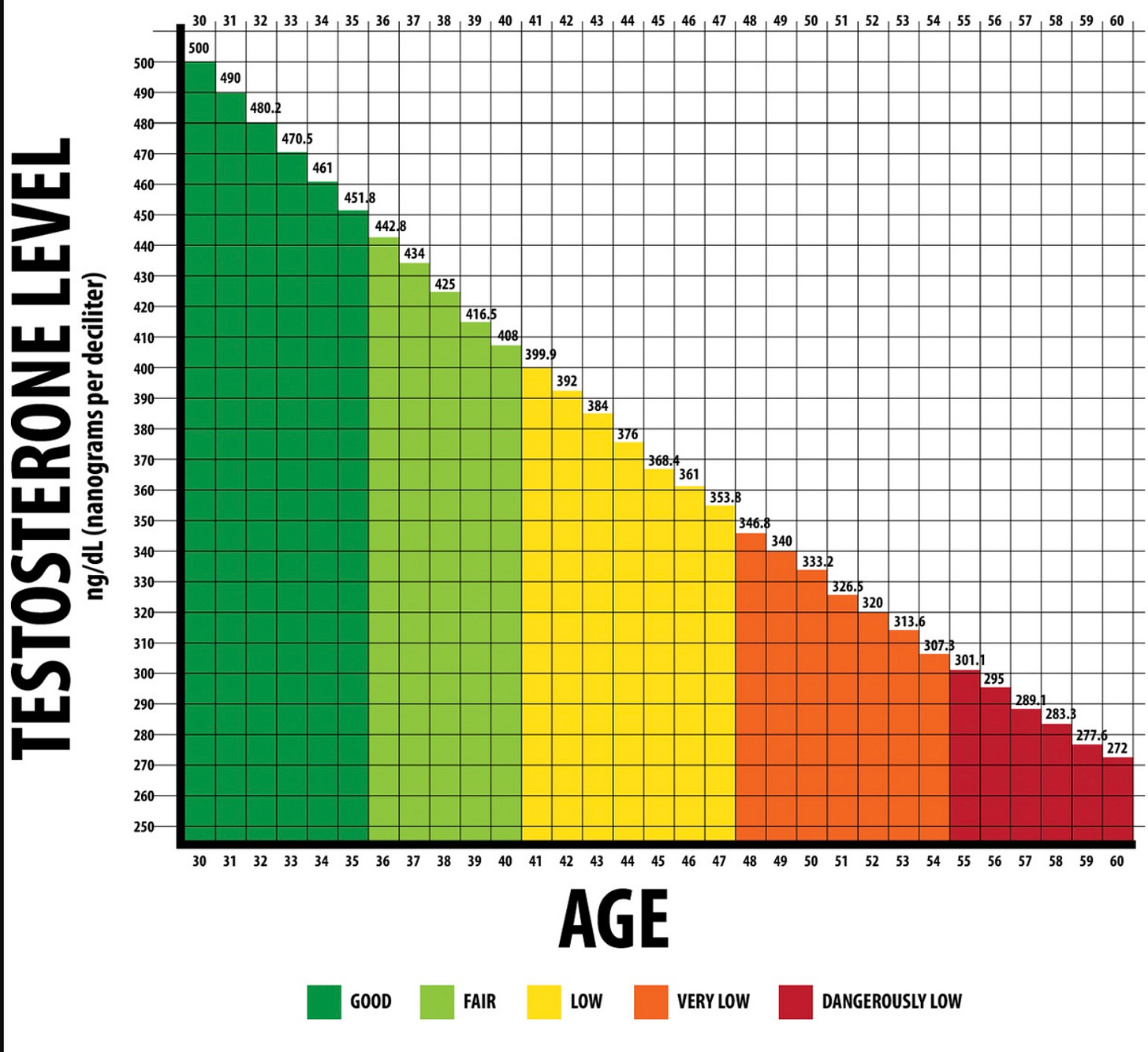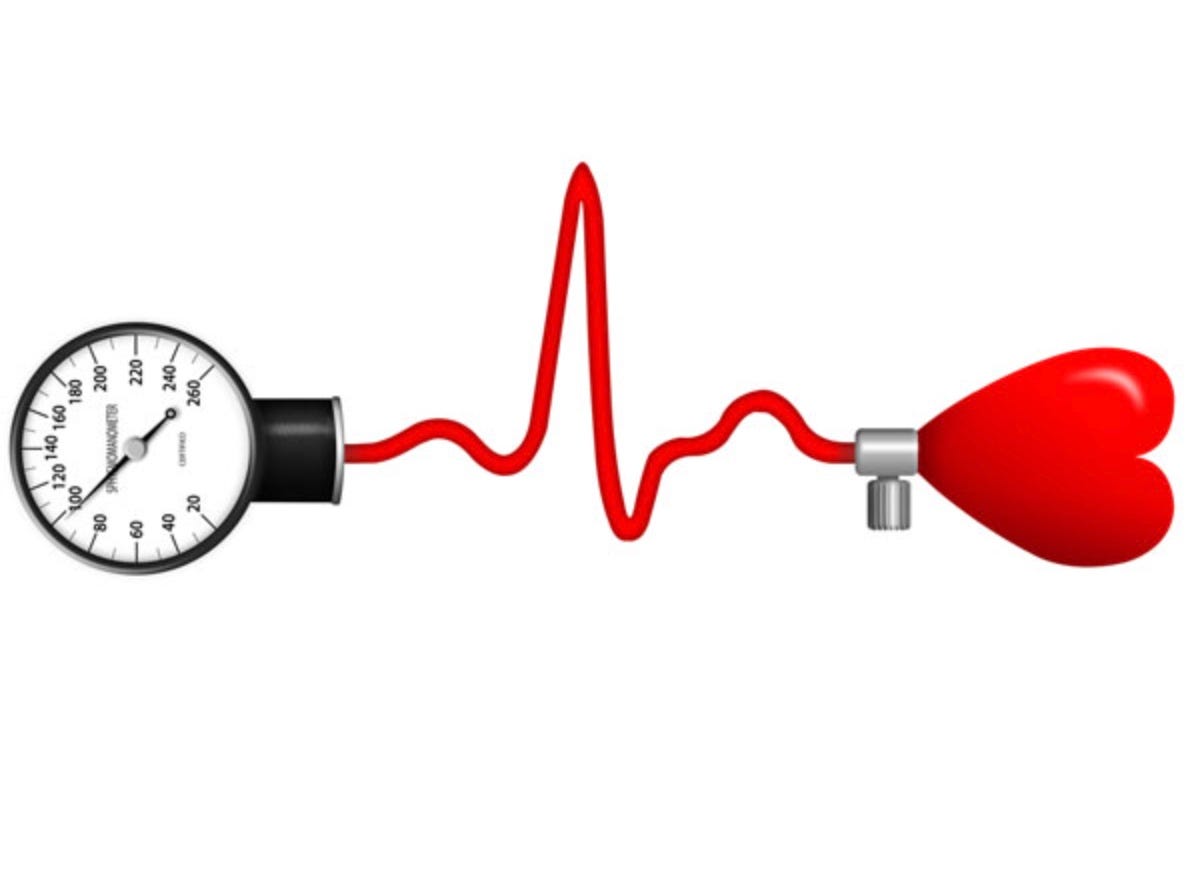Medical Metrics Are Sandcastles In the Sand!
The Shifting Standards of Medical Metrics
Mr. Skeptical adjusts his glasses, eyeing me with a familiar mix of curiosity and caution. "So, what's got you riled up this time?"
I lean forward, tapping the table for emphasis. "It's these ever-changing medical guidelines—blood pressure, cholesterol, testosterone levels. The thresholds keep shifting, and not necessarily for our benefit."
He raises an eyebrow. "You think it's a conspiracy?"
"Yes, it’s a money-making fear-mongering conspiracy."
Subconscious Fat at 30,000 Feet
Over the past few decades, medical guidelines for key health markers have undergone significant changes:
Blood Pressure: From Age-Based to Uniform Targets
Historical Perspective: There was a time when acceptable systolic blood pressure was estimated as "100 plus your age." For example, a 60-year-old would be considered normal with a systolic BP of 160 mm Hg. American Heart Association Journals
Modern Guidelines: In 2017, the American College of Cardiology and the American Heart Association redefined high blood pressure, lowering the threshold from 140/90 mm Hg to 130/80 mm Hg for all adults, regardless of age.
Mr. Skeptical interjects. "But aren't these changes based on new research aiming to improve health outcomes?"
"That's the official narrative," I use my hands, mimicking air quotes on the words official narrative. "But let's dig deeper."
Cholesterol: Evolving Targets and Treatment Criteria
Past Guidelines: Decades ago, total cholesterol levels below 240 mg/dL were considered acceptable.
Current Standards: Recent guidelines focus on lower LDL cholesterol levels, often recommending levels below 100 mg/dL, with even more stringent targets for high-risk individuals.
Testosterone: Shifting Definitions of Low Levels
Historical Context: Testosterone levels naturally decline with age, but there wasn't always a standardized threshold for "low" testosterone.
Current Criteria: Today, levels below 300 ng/dL are often labeled as low, leading to increased diagnoses of hypogonadism and subsequent prescriptions for testosterone replacement therapy.
Subconscious Fat at 10,000 Feet
Lowering the thresholds for conditions like hypertension and hypercholesterolemia has led to a significant increase in the number of individuals classified as needing treatment. This expansion broadens the market for pharmaceutical interventions, raising questions about the motivations behind these guideline changes.
Mr. Skeptical frowns. "Are you suggesting that these changes are financially motivated?"
"Yes. And I don’t put the blame solely on medical doctors, but more on pharmaceutical companies who greatly influence medical education and want to make a profit.”
“Well, isn’t that the American way to profit.”
“Nothing wrong with making a profit, but not at the expense of my health." I slam my buttered coffee down, spilling a little on the table.
Subconscious Fat at Eye-Level
“And do you know what some of the most common side effects of taking high blood pressure and cholesterol-lowering drugs are?”
“I haven’t a clue.”
“They cause lower testosterone.” See that research here.
Mr. Skeptical’s eyes widen. “So it’s like a cycle. Once you start taking a statin or blood pressure medication, it can lead to lower testosterone, which leads to testosterone replacement therapy.”
“Exactly. A money-making cycle. Add in the typical American diet, which is the real or main cause of all of these conditions, and this explains why the USA has the highest medical costs of any country on Earth.”
Practical Suggestions and Conclusions
"What's your takeaway?" Mr. Skeptical asks.
"Be informed and critical," I respond. "Understand that medical guidelines can change and that these changes have broader implications. These changes come from pharmaceutical-funded research that tends to sway the use of more drugs.”
He nods thoughtfully. "So, it's about balancing trust in medical advancements with a healthy dose of skepticism?"
"Precisely."
Be aware.
Other links related to this post:
Is High Cholesterol Always Bad?
Who Was Ancel Keys?
Traumatic VS Chronic Medical CarePS Links on LinkedIn, Facebook, and Instagram. Full disclosure: Chat GPT was used to research and enhance this post.


